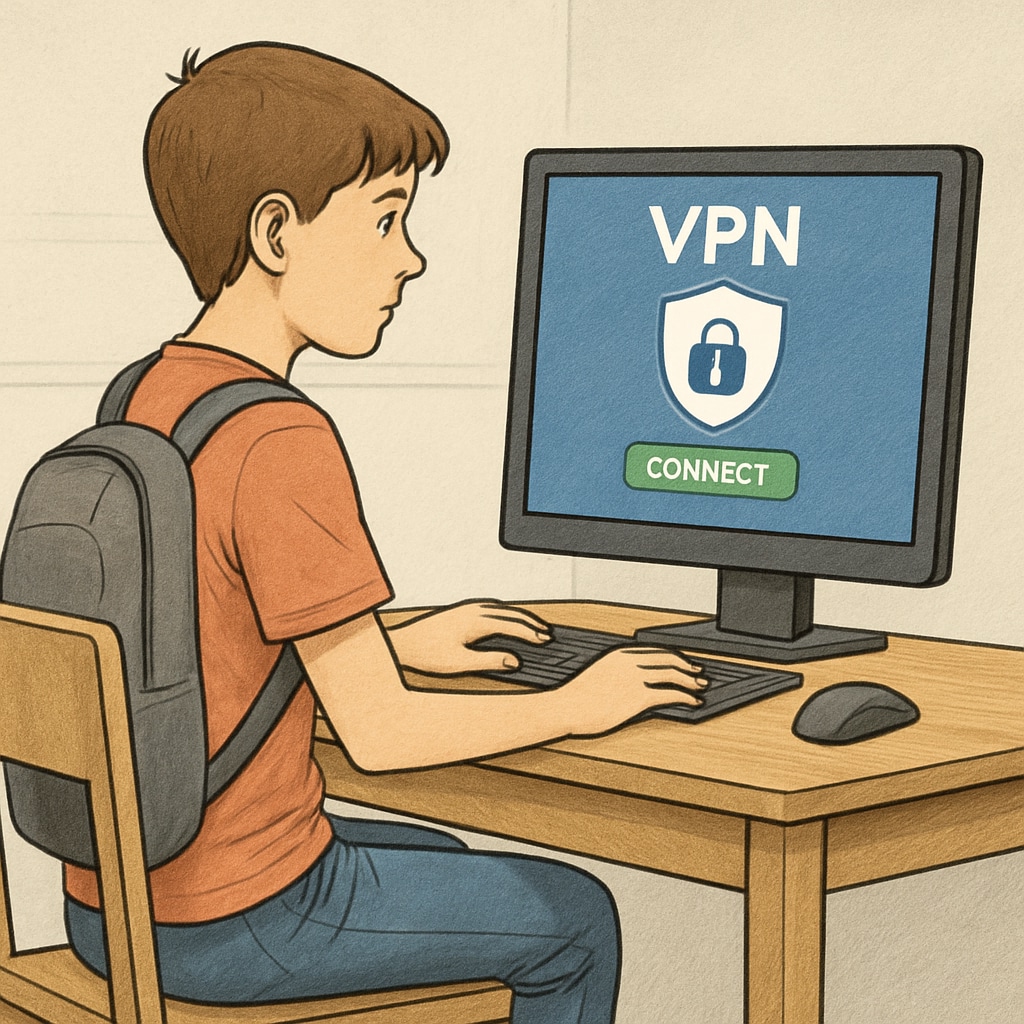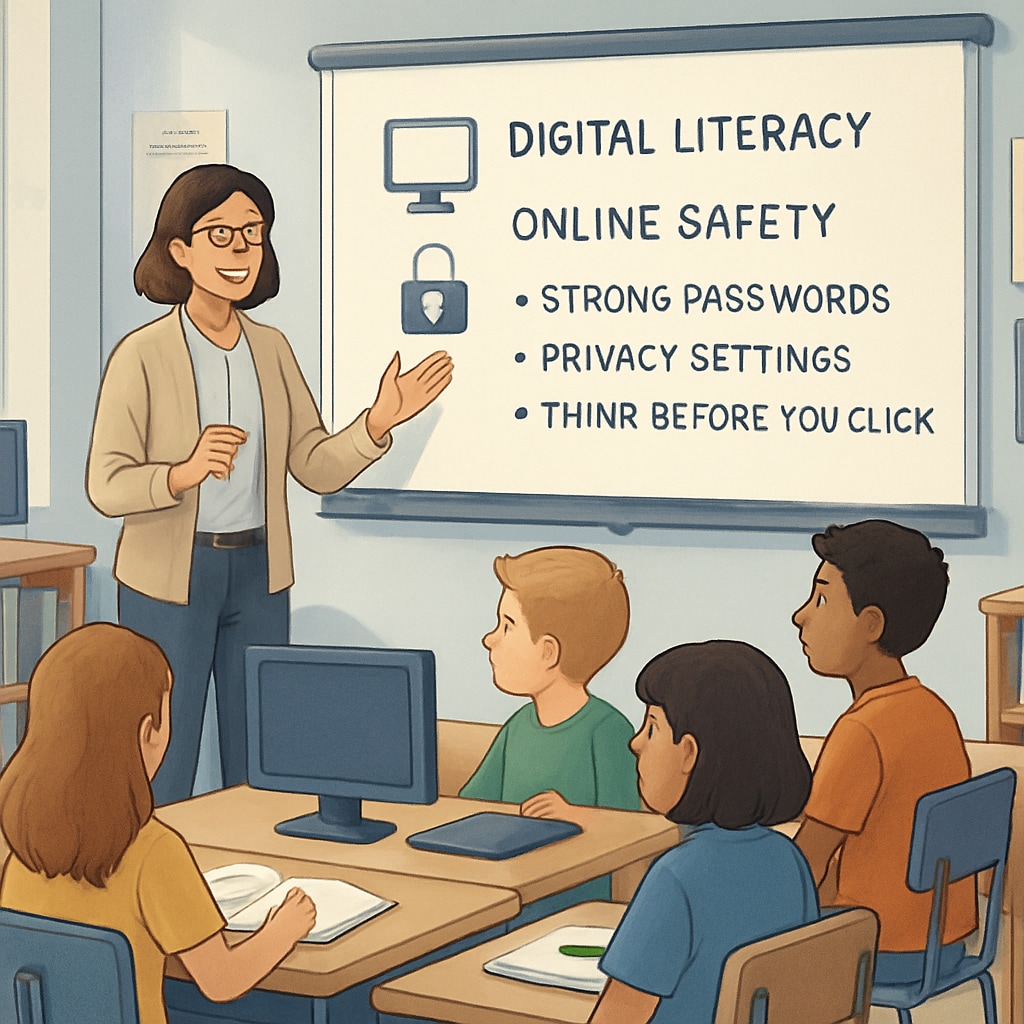In light of the UK’s implementation of stringent age verification laws for accessing certain online content, a significant rise in VPN (Virtual Private Network) usage among teenagers has been observed. While these laws aim to shield minors from inappropriate material, the unintended consequence of increased VPN adoption highlights the limitations of purely technical solutions. This article delves into the implications of these regulations and emphasizes the need for K12 education to focus on fostering digital literacy and critical thinking, ensuring that young users can navigate the digital world safely and responsibly.
The Impact of UK Age Verification Laws and the Surge in VPN Usage
The UK’s age verification regulations, introduced to protect minors from accessing explicit online content, require users to confirm their age through official documentation or third-party services. While this approach aims to create a safer online environment, many teenagers have turned to VPNs as a workaround. A VPN allows users to mask their location and bypass geographical or regulatory restrictions, effectively circumventing these protective measures.
According to recent studies, VPN usage among teenagers has surged since the enforcement of these laws. This trend raises concerns about the effectiveness of technical solutions like age verification and highlights the ease with which tech-savvy youth can evade restrictions. In addition, this development underscores the pressing need for a more holistic approach to online safety—one that goes beyond barriers and focuses on education and awareness.

Challenges Faced by K12 Education: Balancing Protection and Empowerment
For educators and policymakers, the rise in VPN use among teenagers presents a dual challenge. On one hand, there is a clear need to protect younger audiences from harmful content. On the other hand, over-reliance on restrictive measures may inadvertently push students towards unsafe online practices, such as using untrusted VPN services that could expose their data to malicious actors.
K12 education systems must strike a delicate balance between safeguarding students and empowering them with the skills needed to navigate the digital world responsibly. Key areas of focus should include:
- Digital Literacy: Teaching students the importance of online safety, privacy, and the risks associated with circumventing security measures.
- Critical Thinking: Encouraging young users to question the credibility of online content and understand the implications of their digital actions.
- Ethical Online Behavior: Promoting responsible internet use and fostering an understanding of the societal impacts of digital platforms.
By integrating these elements into K12 curricula, educators can help bridge the gap between regulatory efforts and real-world online behavior. This shift from control to empowerment aligns with broader educational goals of preparing students for the complexities of the 21st-century digital landscape.

The Path Forward: Collaborative Solutions for Safer Online Experiences
While the surge in VPN usage highlights the shortcomings of age verification laws, it also presents an opportunity to reimagine online safety strategies. Policymakers, educators, and technology companies must collaborate to create solutions that are both effective and adaptable to the evolving digital environment.
Some potential strategies include:
- Enhanced Parental Controls: Developing intuitive tools that allow parents to monitor and guide their children’s online activities without infringing on their autonomy.
- Public Awareness Campaigns: Educating families about the risks of VPN misuse and the importance of age-appropriate content access.
- Ethical Technology Design: Encouraging platforms to adopt user-centric designs that prioritize safety and transparency, reducing the need for external workarounds.
Ultimately, the goal should be to create a supportive ecosystem that equips teenagers with the knowledge and tools to make informed decisions online. By fostering a culture of digital responsibility, we can ensure that young users are not only protected but also empowered to thrive in the digital age.
Conclusion: The rise in VPN usage among UK teenagers following the implementation of age verification laws serves as a wake-up call for policymakers and educators alike. Rather than relying solely on technical restrictions, a comprehensive approach that emphasizes education, awareness, and collaboration is essential. By addressing the root causes of unsafe online behavior and equipping young users with critical skills, we can pave the way for a safer and more inclusive digital environment for all.


